Pond an example of ecosystem and their component
■ abiotic component of ecosystem
■Introduction:- pond is a small freshwater and classical example of an ecosystem explain its structure and functional unit of an ecosystem. in this topic we learn about pond an example of ecosystem and their various abiotic and biotic component.
Table of Contents
Pond an example of ecosystem and their component
Pond represents a self sustainable and self regulatory freshwater ecosystem. Main features of pond is a presence of abundant vegetation, innumerous microorganism, large number of plants and animals and shallow and standing water.
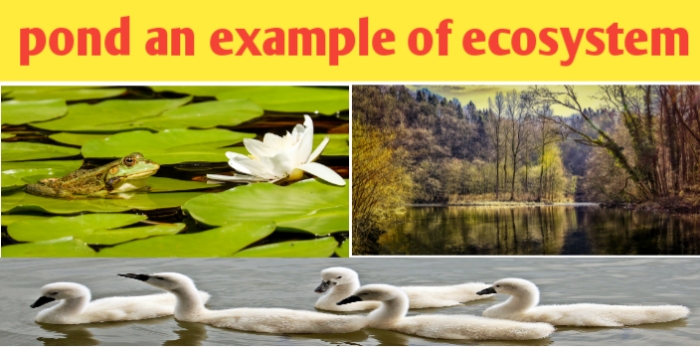
Pond an example of ecosystem and their component
Pond ecosystem abiotic component
The abiotic component of pond ecosystem compromise of simple inorganic substances like carbon dioxide, oxygen, water, nitrogen, Phosphorus, calcium etc and there different types of compound and organic substances like humus and amino acid etc.
Only a small amount of these vital nutrients are found in soluble form in the pond water and major proportion of these compound recides in the bottom sediments as well as in organism themselves. The quantity of light penetrating the water and temperature and other climatic factors regulate the rate of functioning of pond ecosystem

Pond an example of ecosystem and their component
Pond an example of ecosystem and their component
Pond ecosystem biotic component
The biotic component of a pond ecosystem compromise of producer variety of consumers and decomposers
◆you should also visits our website https://biologysir.com and other website for civil engineer calculation at civilsir.com
■ follow on YouTube
Pond ecosystem producer community
phytoplanktons like oscillatoria,Anabaena, Eudorina, Closterium and volvox, filamentous algae like Spirogyra chara, Oedogonium and emergent plants like Ipomea, Typha and submerged plant like Vallisneria and surface floating plant like Eichhornia ,Pistia, Wolffia are producer community of pond ecosystem and phytoplanktons are more important as producer in pond ecosystem than the large plants.

Pond an example of ecosystem and their component
Pond ecosystem consumer community
the Macro consumer represent the animal fauna in pond ecosystem. These are categorised into primary consumer as herbivores and secondary and tertiary consumer as carnivorous. Zooplanktoon in pond ecosystem like paramecium, Daphnia, Cyclop, insect larvae are the primary consumer community. Variety of bottom dwelling animal like Annelida and mollusca also known as benthos are belong to this category.
This type of primary consumer community are eaten by a smaller fish and water beetles which are collectively known as secondary consumer community and which are eaten by larger fish and cray fishes constituting tertiary consumer community.
Pond ecosystem decomposer community
Decomposer is also known as micro consumer community that is important part of pond ecosystem, a variety of bacteria,fungi and many flagellates are especially abundant in mud water and bottom of pond.
Their primary function is to decompose the excreta of animal and dead bodies of plants and animal and convert into inorganic substance back into the pond ecosystem. So decomposer play major role in cyclic exchange of material between the living community and abiotic environment of ecosystem.
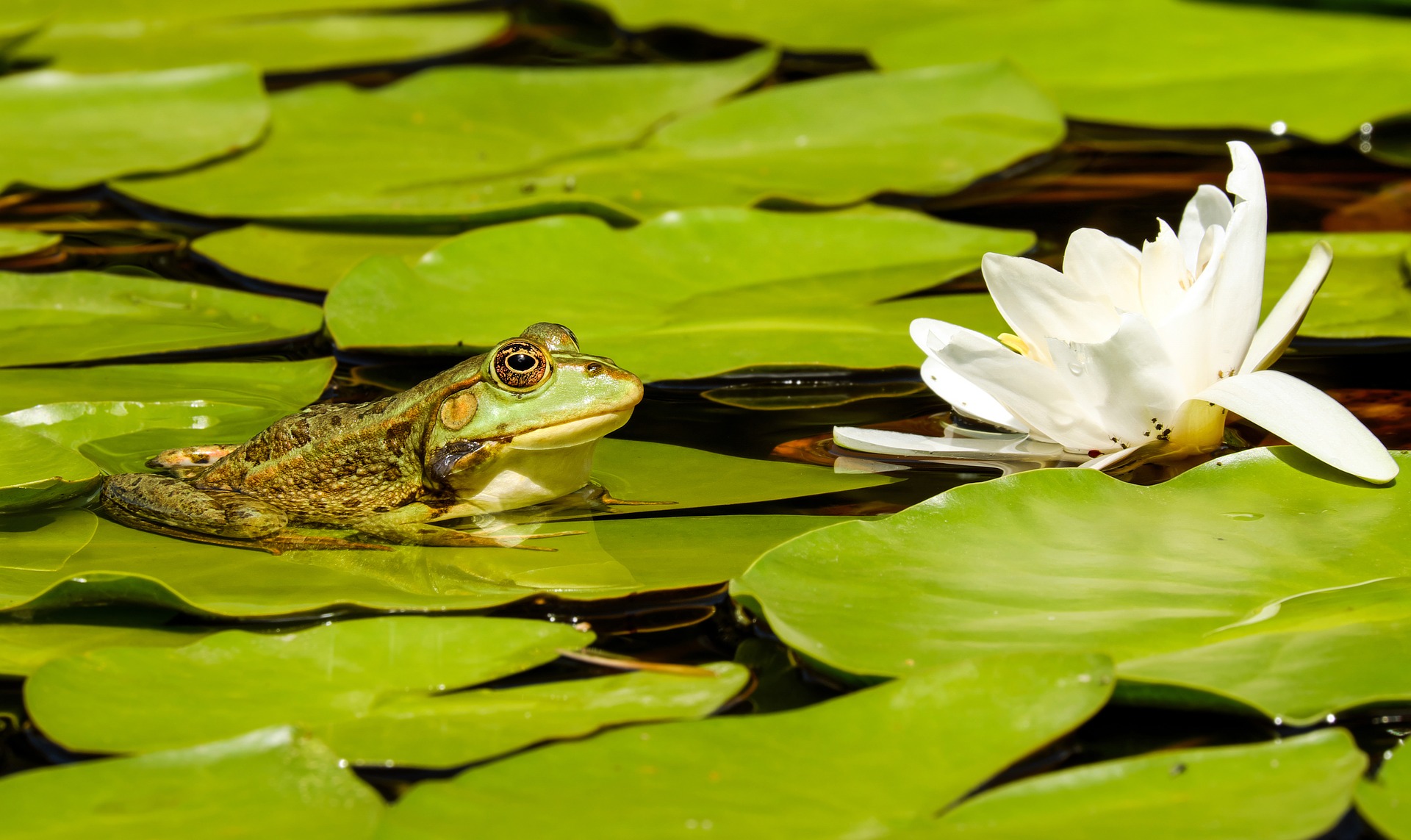
Pond an example of ecosystem and their component
Pond ecosystem functional steps
1) producer is known as autotrophs which convert inorganic compound like carbon dioxide and H2O into organic compound like carbohydrate in the presence of Radiant energy of Sunlight and magnesium Ion containing chlorophyll by the process of photosynthesis
2) consumer represents animal community which are known as heterotrophs and consume the producer directly and indirectly so maybe herbivorous and carnivorous according to their feeding
3) decomposers is known as micro consumer which breakdown the complex organic compound of dead bodies of both producer and animal community to release inorganic compound back into the environment by the process of decomposition and mineralization which help in cycling exchange of material between the living community and abiotic environment of an ecosystem.

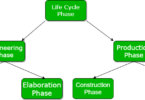

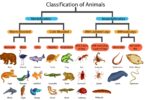
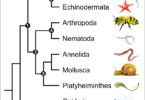
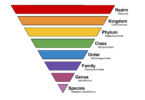
Leave a Comment